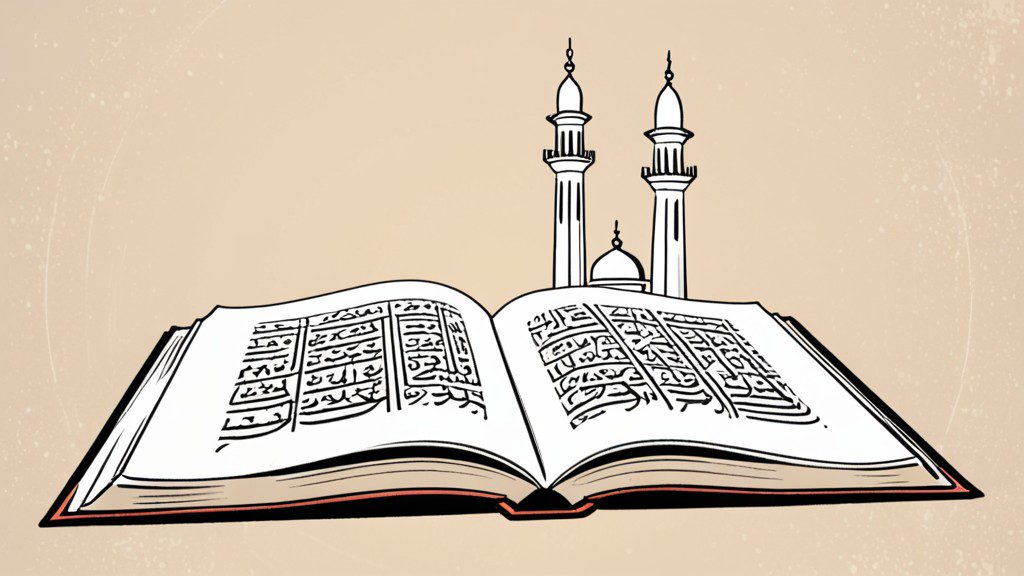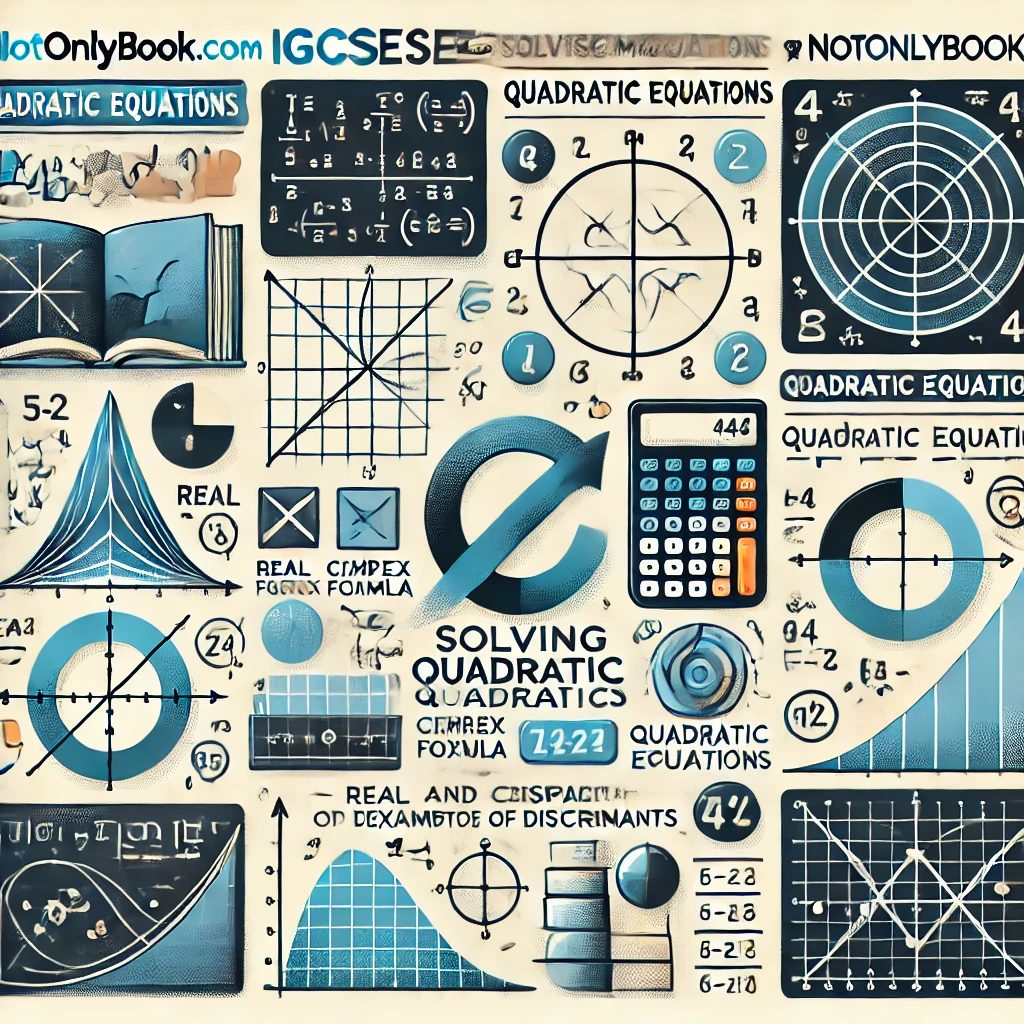Arabic Year 3 – Orginal
Arabic Year 3
Introduction
The Arabic Year 3 – Original workbook is an essential resource for young learners beginning their journey in mastering the Arabic language. This workbook is designed to provide a solid foundation in Arabic, covering key language skills through engaging and interactive exercises. In this article, we will explore the key features of this workbook, its benefits, and how it can be effectively utilized in the classroom. Additionally, we will provide useful external links for further reading and resources.
Key Features of Arabic Year 3 – Original
- Comprehensive Curriculum The workbook covers a comprehensive curriculum that includes reading, writing, listening, and speaking skills. Each section is carefully designed to build these skills progressively, ensuring a well-rounded language education.
- Engaging Activities The workbook includes a variety of engaging activities such as puzzles, matching exercises, and storytelling. These activities are designed to make learning fun and interactive, keeping students motivated and interested1.
- Cultural Integration The workbook integrates cultural elements to help students understand the context of the language. This includes lessons on Arabic traditions, customs, and everyday life, providing a richer learning experience2.
- Visual Aids The use of visual aids such as pictures, diagrams, and illustrations helps to simplify complex concepts and make them more accessible to young learners. Visual aids are particularly effective in teaching vocabulary and grammar3.
- Assessment Tools Regular assessments are included to help track students’ progress and identify areas for improvement. These assessments provide valuable feedback to both students and teachers, ensuring that learning objectives are being met1.
Benefits of Using Arabic Year 3 – Original
- Strong Language Foundation The structured approach of the workbook helps students build a strong foundation in Arabic. This foundation is crucial for their future language development and academic success.
- Enhanced Engagement The engaging activities and cultural integration keep students interested and motivated to learn. This positive learning experience fosters a love for the Arabic language.
- Improved Confidence As students work through the exercises and see their progress, their confidence in using Arabic grows. This confidence is essential for their overall language development.
- Teacher Support Teachers are provided with comprehensive support materials, including lesson plans and additional resources, to help them effectively use the workbook in their teaching. This support ensures that teachers can provide the best possible education to their students.
- Parental Involvement The workbook also facilitates parental involvement in their child’s education. Parents can use the detailed solutions to help their children with homework and reinforce learning at home, creating a supportive learning environment.
How to Use Arabic Year 3 – Original Effectively
- Regular Practice Encourage students to use the workbook regularly. Consistent practice is key to mastering the material and improving their skills. Regular use of the workbook helps reinforce learning and ensures that students retain the concepts they have learned.
- Interactive Sessions Use the workbook in interactive sessions where students can work in pairs or groups. This promotes collaborative learning and enhances communication skills. Group activities encourage students to discuss and solve problems together, fostering teamwork and critical thinking.
- Incorporate into Lessons Integrate the workbook activities into your regular lessons. This ensures that the workbook complements the main curriculum and reinforces what students are learning. By aligning workbook activities with lesson plans, teachers can provide a cohesive learning experience.
- Provide Feedback Regularly review students’ work and provide constructive feedback. This helps students understand their strengths and areas for improvement. Constructive feedback guides students in the right direction and motivates them to strive for excellence.
- Encourage Self-Assessment Encourage students to use the workbook for self-assessment. By checking their own work against the provided solutions, students can identify their mistakes and learn from them. This practice promotes independent learning and self-improvement.
External Links for Further Reading and Resources
- Wordwall – Interactive activities and resources for Arabic Year 3.
- Quizlet – Flashcards and learning tools for Arabic Year 3.
- Arabalicious – Comprehensive resources for teaching Arabic in primary school.
Tags: Arabic Year 3, Year 3 Arabic Workbook, Comprehensive Curriculum, Engaging Activities, Cultural Integration, Visual Aids, Assessment Tools, Teacher Support, Parental Involvement, Regular Practice
Table of Contents






No comment